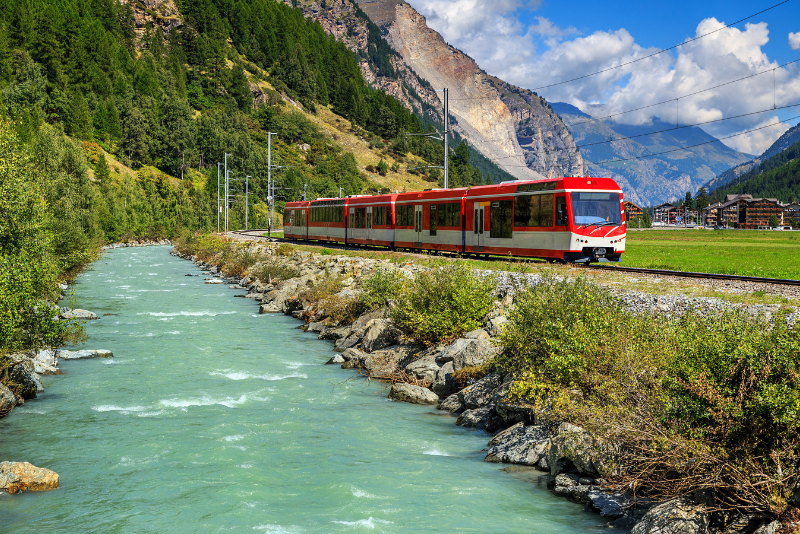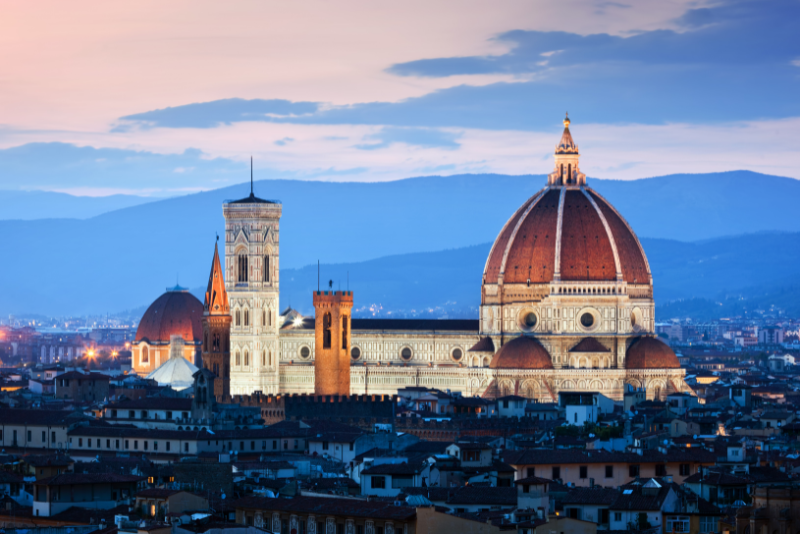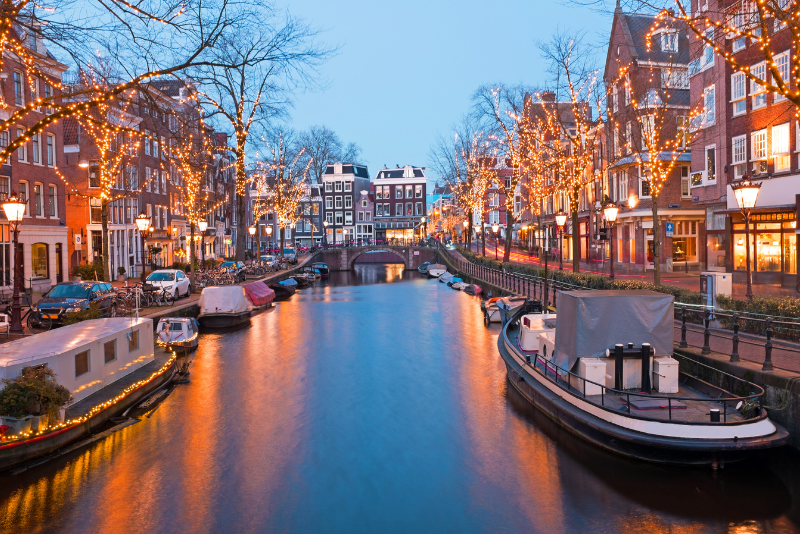
Description
Hightlights
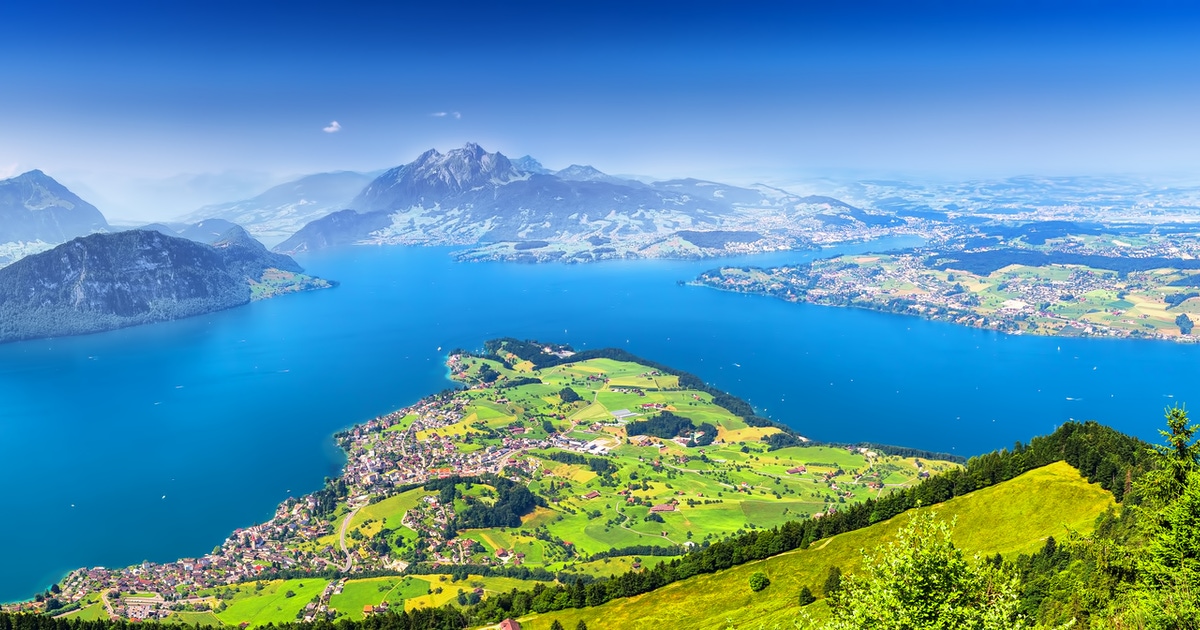

Description
Hightlights


Description
Hightlights


Description
Hightlights
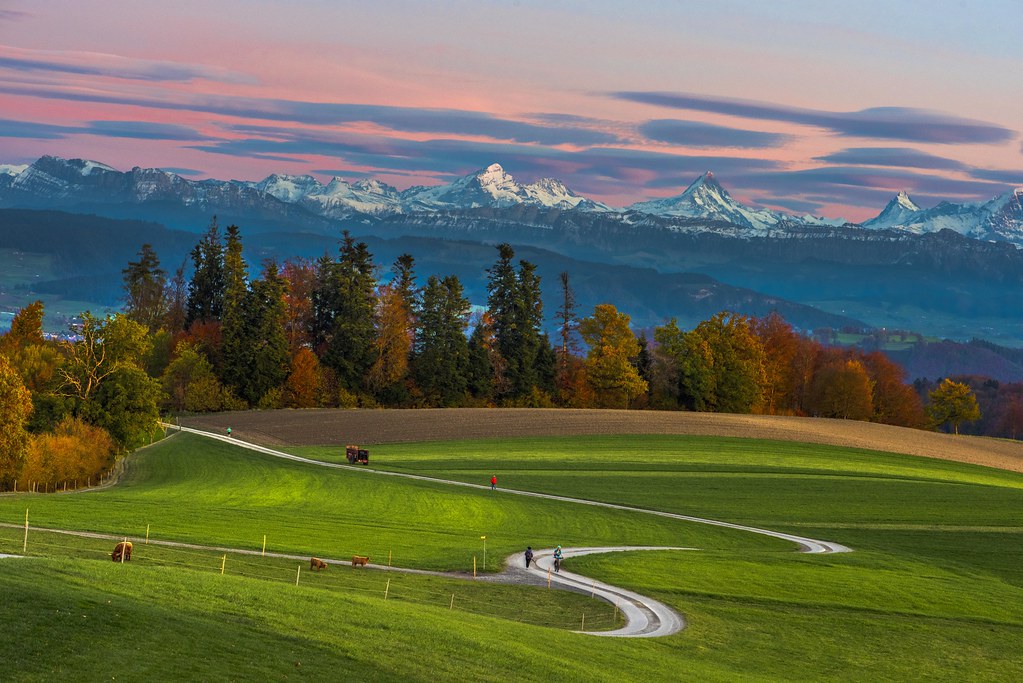

Description
Hightlights


Description
Hightlights
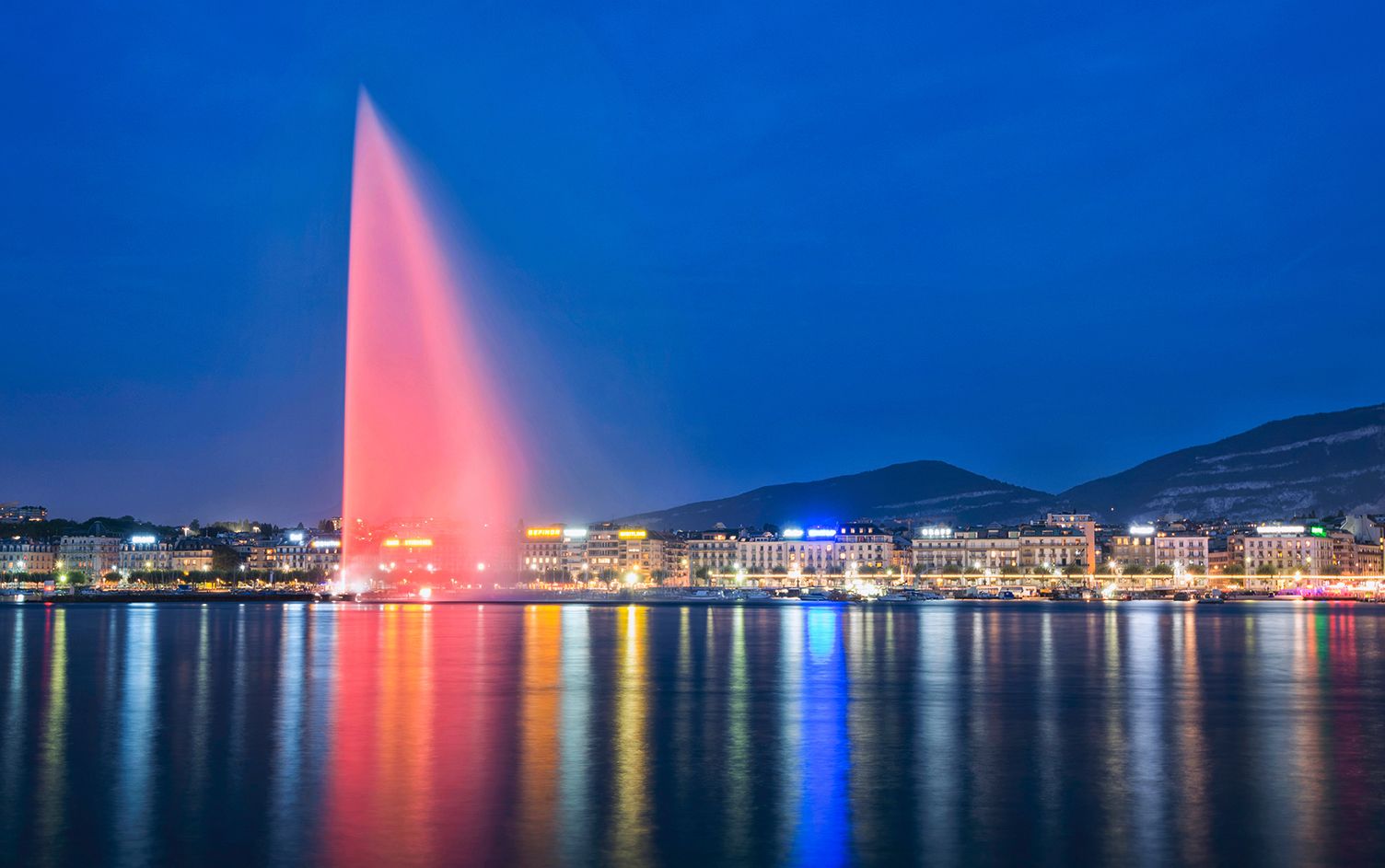

Description
Hightlights


Description
Hightlights


Description
Hightlights


Description
Hightlights


Description
Hightlights


Description
Hightlights


Description
Hightlights


Description
Hightlights


Description
Hightlights

